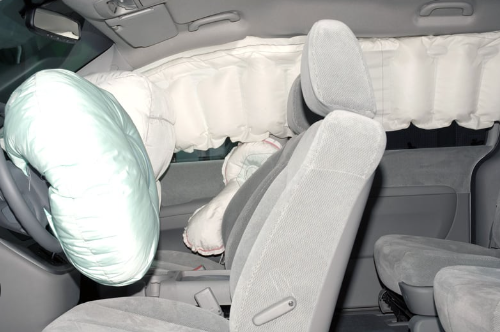
Education
Air Bag Safety for Kids
Air bags are crucial safety features in vehicles, but they can pose risks to children if not used properly. Here are key points for ensuring air bag safety for kids:
- Age and Size Matter:
- Children under 13 should always ride in the back seat.
- Never place a rear-facing car seat in front of an active air bag.
- Front Seat Precautions:
- If a child must ride in the front (e.g., in a two-seater car), ensure they’re properly restrained and the seat is pushed as far back as possible.
- For vehicles with passenger air bag on/off switches, turn it off when a child is in the front seat.
- Proper Restraints:
- Use age-appropriate car seats, booster seats, or seat belts.
- Ensure car seats are correctly installed and children are properly secured.
- Seating Position:
- Teach children to sit back in their seats, reducing the risk of injury if an air bag deploys.
- Vehicle Features:
- Some newer vehicles have advanced air bag systems that adjust deployment force based on passenger size and position.
- Familiarize yourself with your vehicle’s specific air bag system and safety features.
- Regular Check-ups:
- Periodically review and adjust your child’s seating arrangement as they grow.
Remember, while air bags can save lives, the back seat is always the safest place for children to ride. Always follow manufacturer guidelines and consult with a certified child passenger safety technician if you have concerns.




